Rugby Pitch LED Lighting
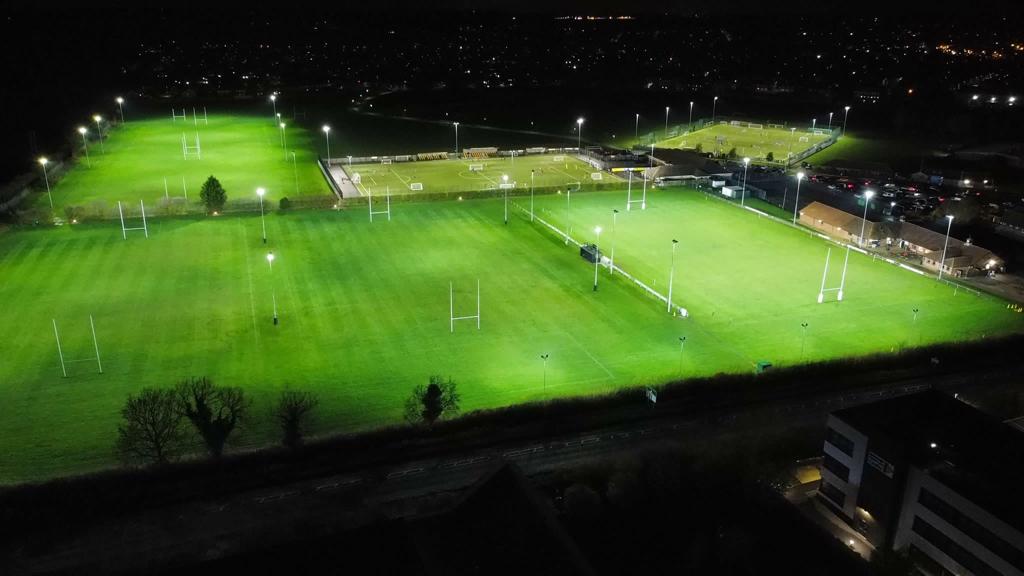
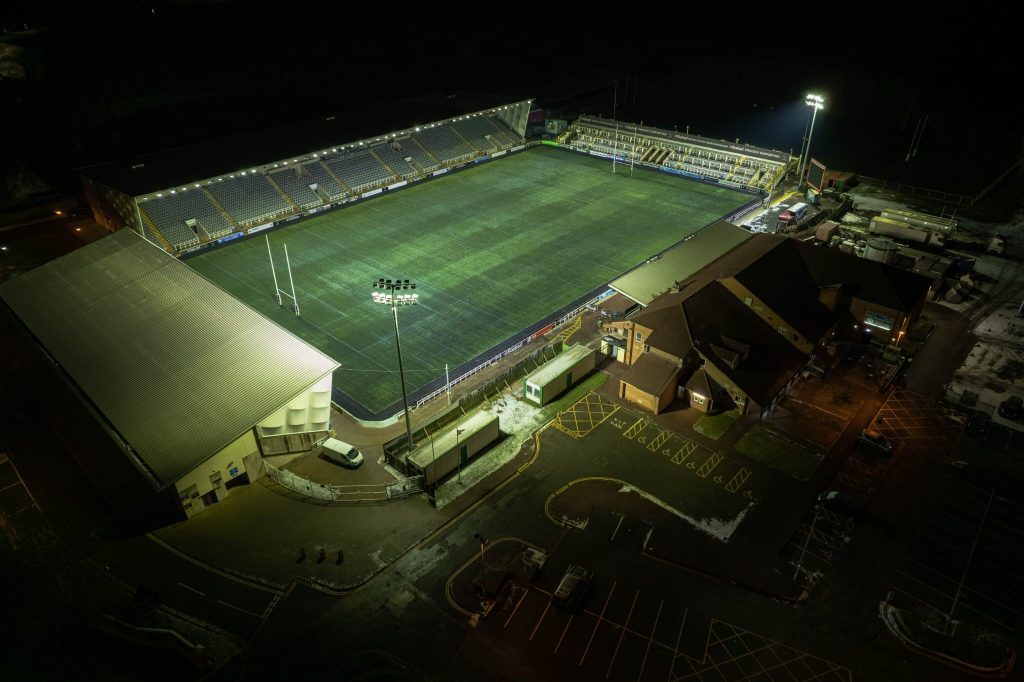
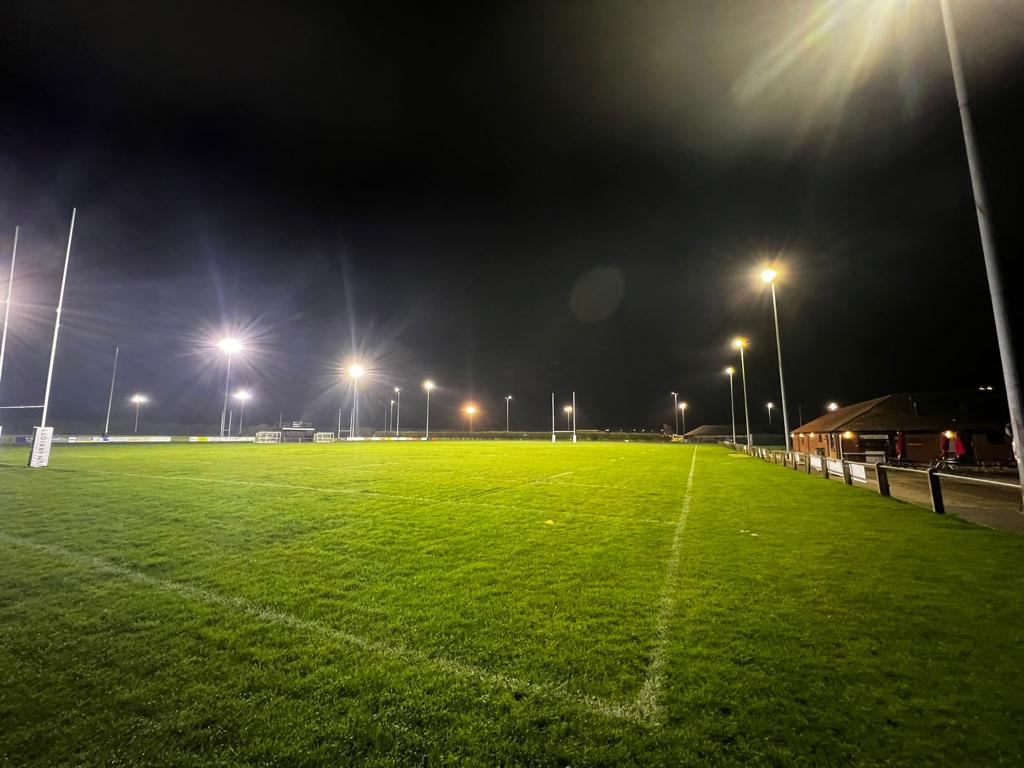
We were contacted by the club To survey the current lighting which had been installed approximately 20 years ago, the lighting had fallen below the expected levels BT sport require for televised rugby matches, We recommended a brand-new LED lighting system 2 x 22 meter columns along with new LED lighting anD New LED lighting for the installed along the stands.
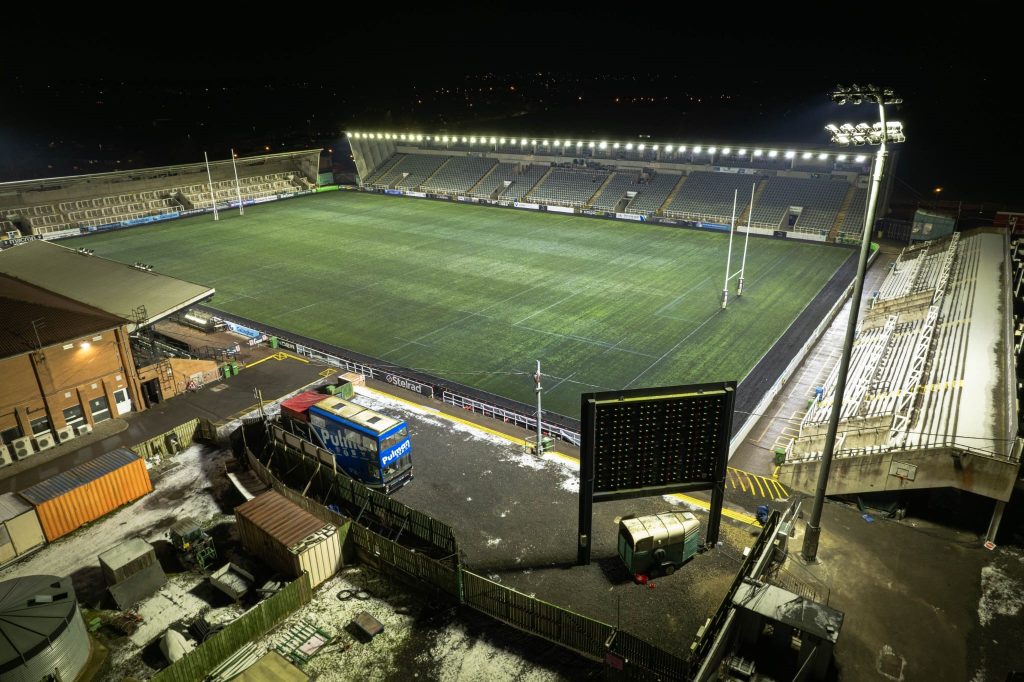

As a volunteer-run club, we had ambition to develop our site but
lacked any expertise in this area. Mike from DSL completed a site visit and communication started there. The quotation was competitive, but it was the other aspects where Direct Sports Lighting stood out, their accessibility, flexibility and communication.
The service from start to finish was seamless including fitting in and around events which were planned in. The lights installed are not only to a much higher standard but also more cost-effective which was a key part of our working with DSL.
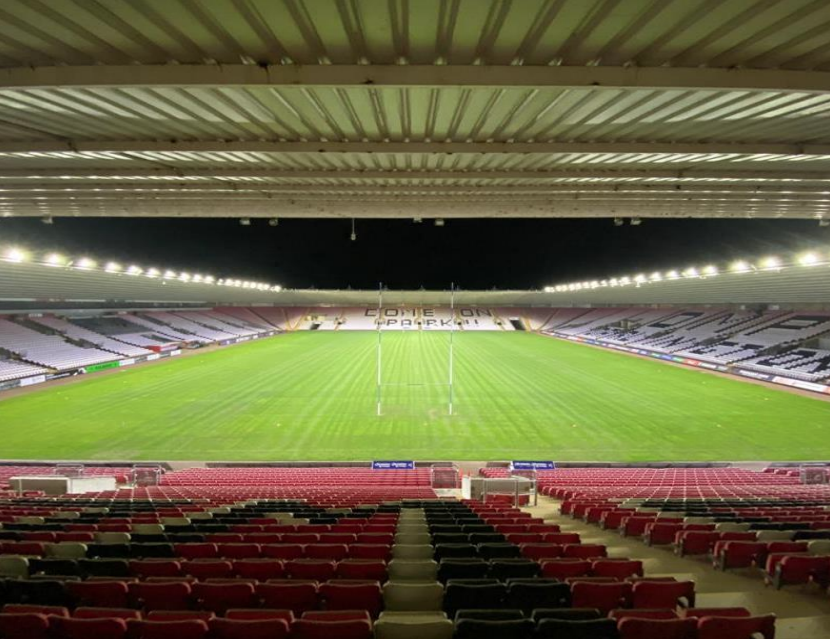
Do You Want To Know More About Rugby LED Lighting
Mike Fleming Market Harborough RFC
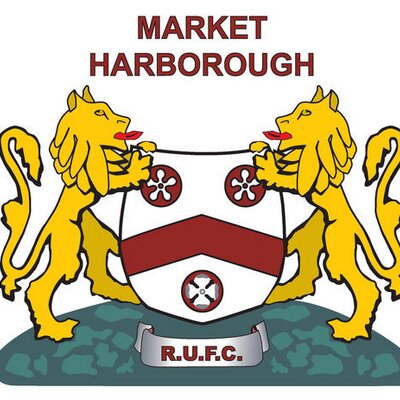
Rugby Pitch Lighting
Here at Direct Sports Lighting we appreciate the need for lighting at Rugby clubs up and down the country and how much it means to the clubs, we can manage the full process from initial advise, to design, planning applications submitted at no extra charge all site meetings in respect of the planning undertaken free of charge, to a full turn key installation, all civils, complete with NICEIC testing, commissioning and full lux testing.
We also take particular care over all reinstatement works as most ground staff at clubs are either former players or retired members and give up their time free of charge on week days and weekends caring for the ground and facilities at clubs and putting it back better then we found it means the absolute world to the volunteers and helpers.
Rugby pitch floodlighting Is a very big investment for most clubs and the results can have a massive impact on increasing playing numbers, rotating pitches due to adverse weather conditions, wear and tear, better training and increased training capacity across the board.
We can tailor a design to meet all clubs needs from High output low energy LED to standard Metal Halide discharge fittings, we can help and provide advice based on several factors and what the best product will be for each individual club. Facilities that are well designed, built to last and well maintained are a pleasure to use and give a significant return on the time and money invested in their construction. High quality floodlighting can provide an opportunity to extend the use of rugby facilities during dark evenings throughout the season.
RFU Regulations for floodlit matches and recommendations for floodlit training activity are summarised in table 1 below. RFU minimum requirements conform to CIBSE (Chartered Institution of Building Services Engineers) Lighting Guide 4.
 Lighting levels for league competition should be evidenced through the production of a lux certificate not less than 3 years old. Where lighting levels for training cannot be achieved a comprehensive risk assessment should be carried out in order to identify what type and intensity of training activity is appropriate.
Lighting levels for league competition should be evidenced through the production of a lux certificate not less than 3 years old. Where lighting levels for training cannot be achieved a comprehensive risk assessment should be carried out in order to identify what type and intensity of training activity is appropriate.
The figures in table above apply to the playing area of the pitch, which includes the field of play and the in-goal areas. Beyond the playing area is the run off, which should be not less than 5m (where practicable) from the touchline and which should be illuminated to a level of 25% of that of the playing area. Lighting columns should not be situated within this 5m ‘run off’.
Running costs will include energy charges, depreciation, and maintenance charges. Every scheme is different and energy costs may vary over time and between different suppliers, but it may be helpful to use the bullet points below to identify some broad-brush costs for budgeting purposes
• A typical 100 lux pitch system uses 8 x 2100w luminaires so the total load is 16,800w (16.8Kw)
• 1 unit of electricity is 1000w over a one-hour period.
• Therefore, a typical 100 lux pitch system equals 16.8 units of electricity per hour @ 10p per unit (depending upon supplier) = £2.01p per hour
• A typical 200 lux pitch system uses 18 x 2100w luminaires, so the total load is 37,800w (37.8Kw)
• 1 unit of electricity is 1000w over a one-hour period.
• Therefore, a typical 200 Lux pitch system equals 37.8 units of electricity per hour @ 12p per unit (depending on supplier) = £4.54p per hour
Control & Zoning – planning your switching options so that lighting can be switched on to suit usage, a pitch may have 2 to 4 zones, which can be turned on independently so that a small training session doesn’t use all the lamps on the pitch.
Switching options & hours of use, energy is power(W) multiplied by time. measures to limit the time lights are in use will save money and prolong asset life. Options include, curfew timers or key switch controls where a key is required to switch on the floodlights, helping to restrict their use to official functions only.
Layouts
Lighting column layouts for matches (at 200 lux) can be based on four, six, or eight column systems, with poles at 15, 16, 18m or 20m height. If there is any likelihood of fall-off in illuminance towards the goal lines, this must be corrected in the design and positioning of the lighting columns rather than by placing additional masts behind the goals as this will direct light along the main axis of play and cause excessive glare for the players.
Corner lighting avoids placing columns between the spectators and the game but relies upon higher columns which may cause planning objections. Training lights at 100 lux can be achieved with four, six or eight columns, preferably covering the full pitch in order to distribute wear and tear of the surface. If only half of the pitch can be used, four columns (two opposite two) are recommended. The IRFU or RFU do not normally recommend a single row of (say) three floodlights, for safety reasons.
Maintenance
Lamps must be cleaned and bulbs replaced on a regular schedule, as advised by the manufacturer, and it is essential to maintain the equipment properly in order to extend the life of the units and to ensure that the lighting remains at a safe level. Clubs will have to decide (on the advice of the lighting engineer acting on their behalf) whether their members and/or ground staff can carry out this work or whether it should form part of a maintenance contract.
Where staff carry out maintenance, clubs should be mindful of health and safety procedures and training implications. Longer term maintenance will be the responsibility of a maintenance contractor and a report of all maintenance should be kept in written form, dated and signed.
Understanding technical issues
Light levels – The most usual measure of lighting levels for sport is lux (lumens per square metre) which is a measure of horizontal illumination (Eh).
Uniformity – Uniformity is referred to in documents as ‘U’ and is a measure of the evenness of the lighting over the whole area. Readings are taken on a grid of 120 points of the playing area.
Glare – As well as glare, referred to earlier, which affects neighbours or passers-by, glare can also create problems for players and officials. It is measured by the Glare Rating (GR), on 9 points on the halfway line, 22m line and on the try line.
Colour – Colour rendering (Ra) refers to the accuracy, or ‘life-like’ quality of the lighting. On the Ra index, the figure of 100 is used to represent bright daylight.
Maintained illuminance – Lighting will not always remain as bright as when it is first switched on and a lamp can lose up to 20% – 30% of its effectiveness during the first two or three years, depending on the cleaning regime and on depreciation of the lamps. For this reason, schemes are usually specified in terms of the minimum average maintained illuminance (Eav).
